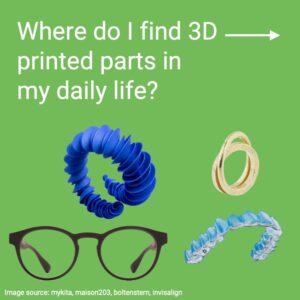
Where do I find 3D printed parts in my daily life?
All Blog Articles 3D Printing Applications Where Can You Find 3D Printed Parts in Your Daily Life? Share article 3D
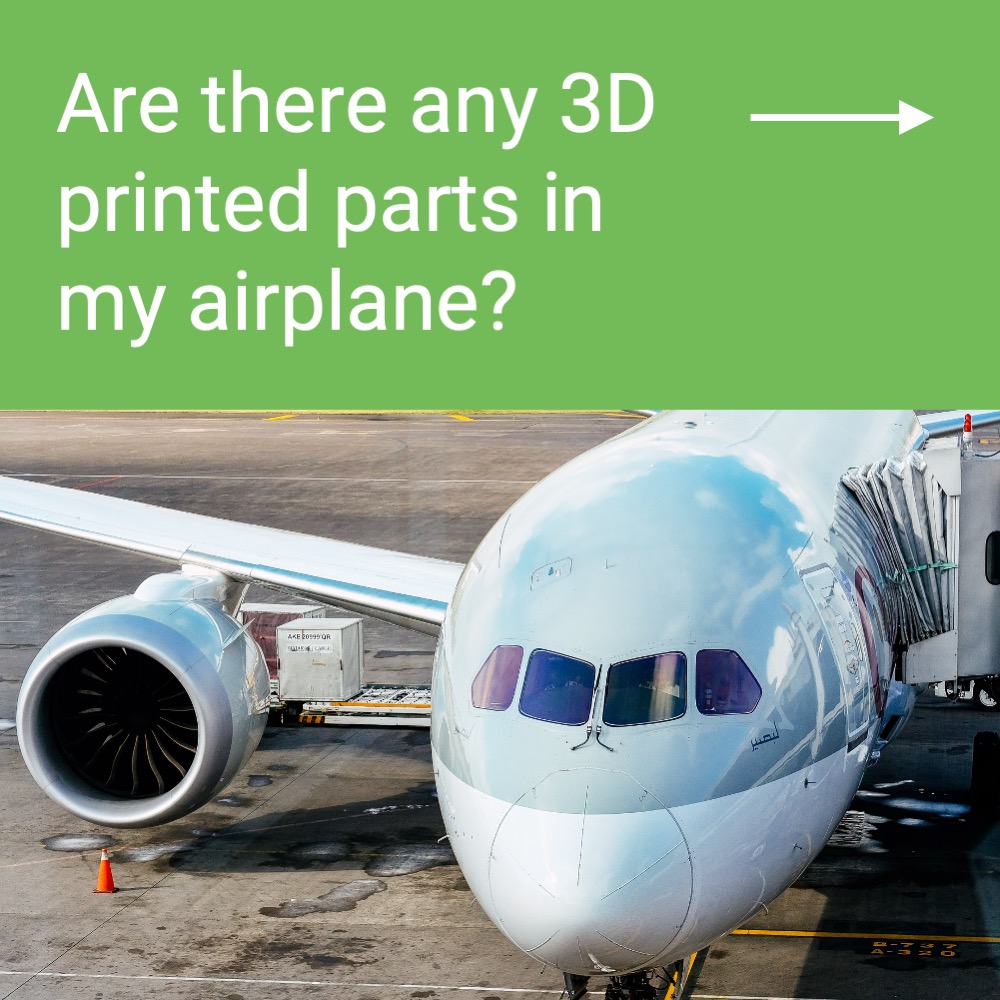
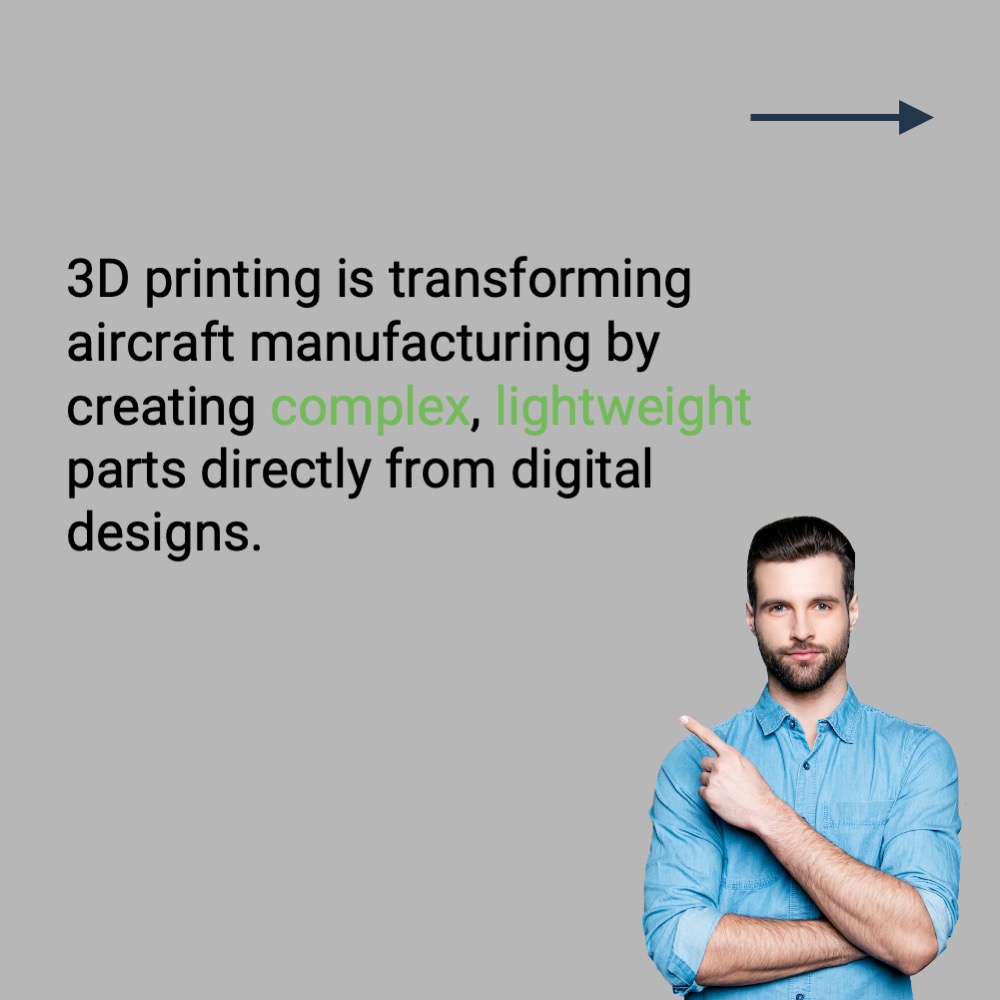
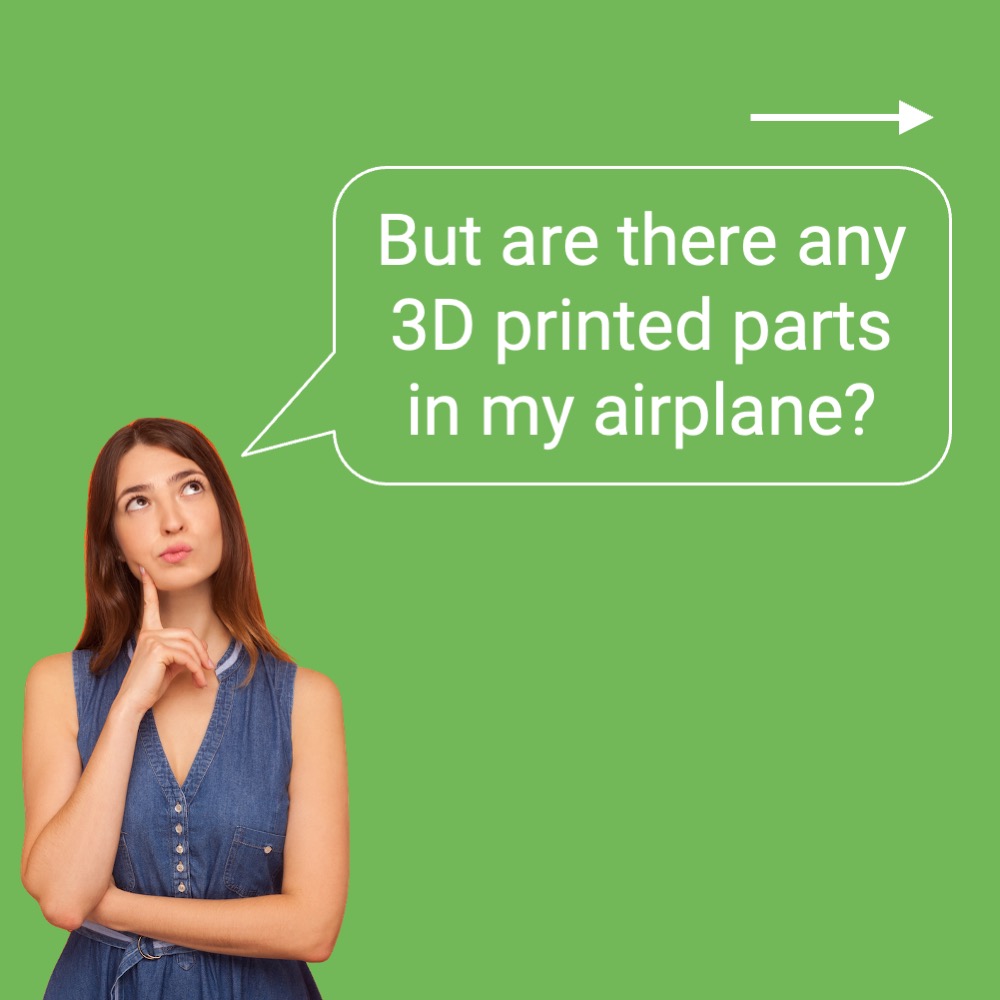
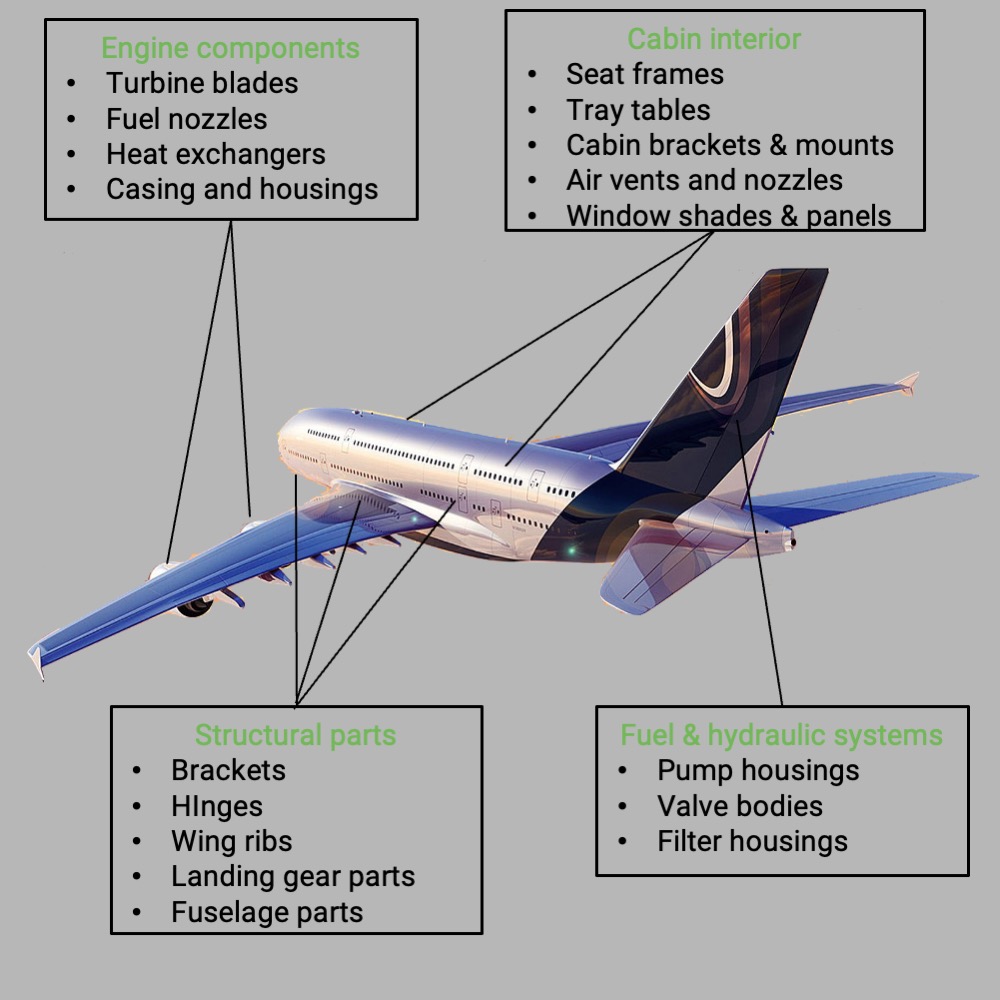

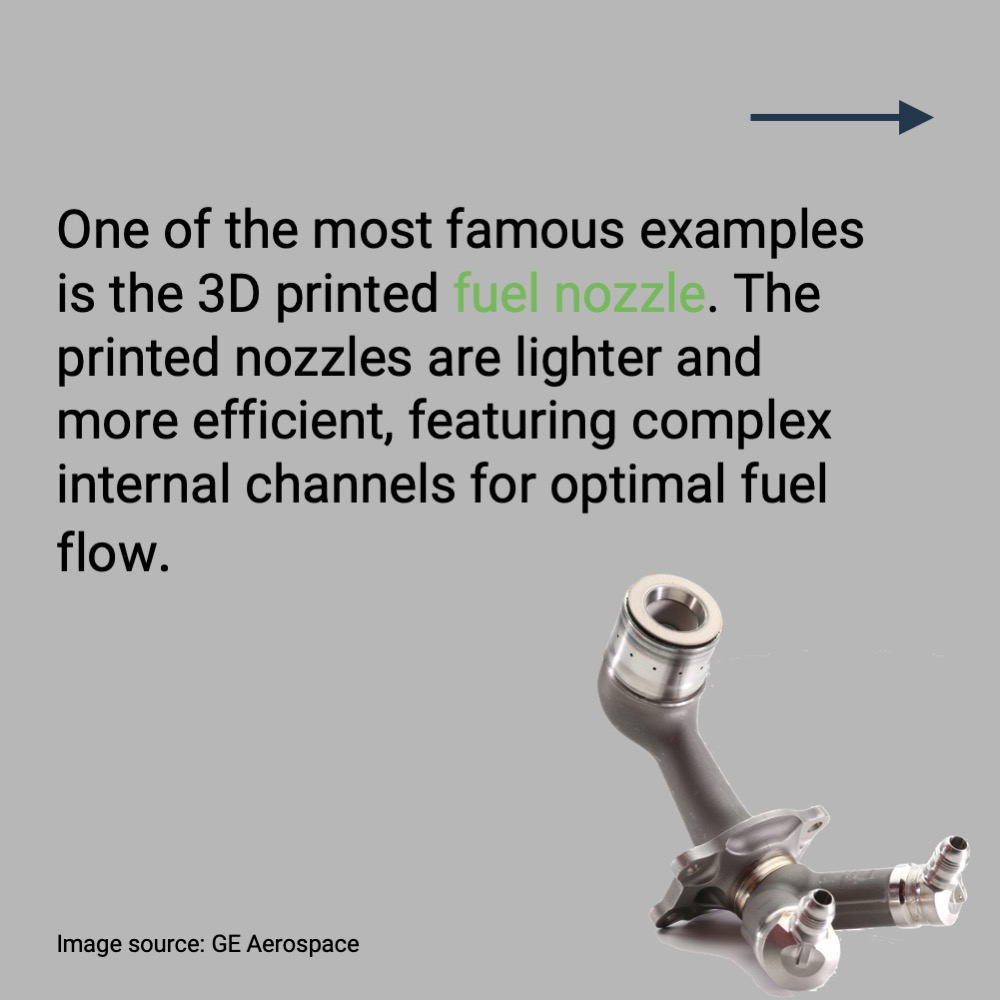
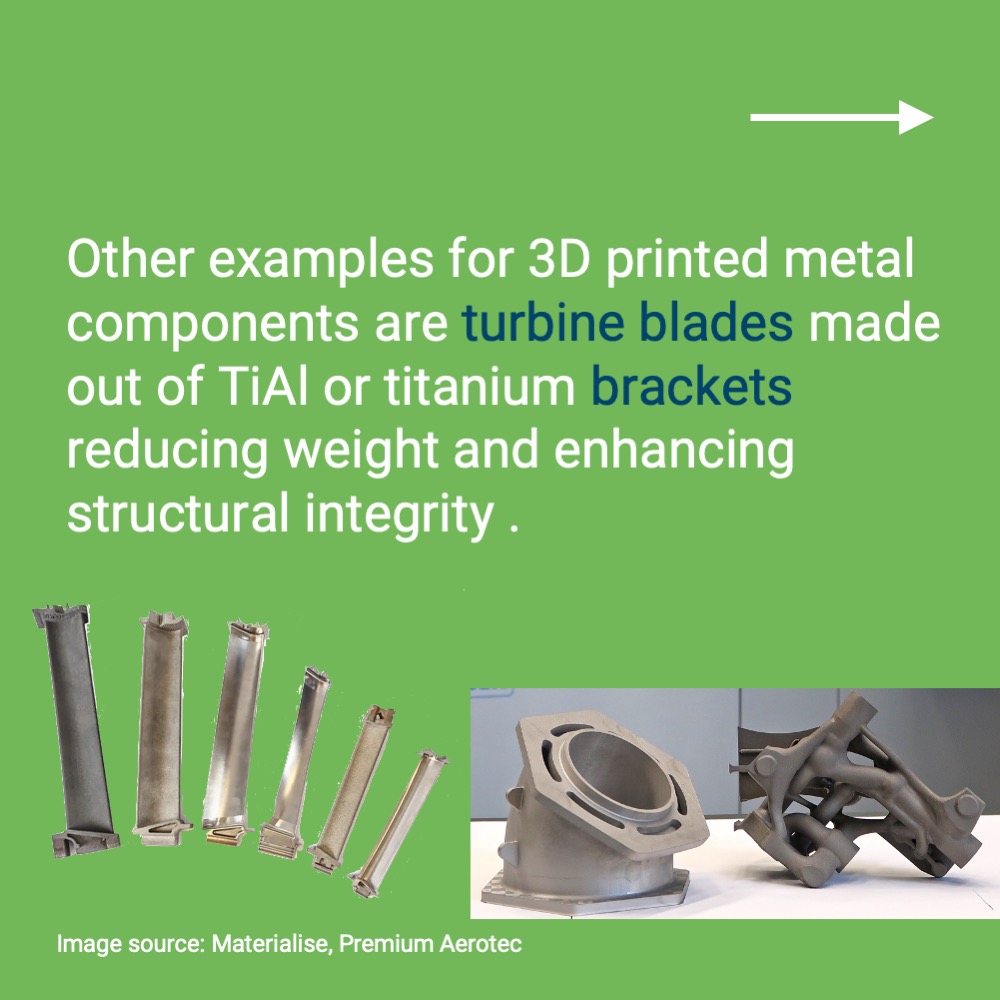
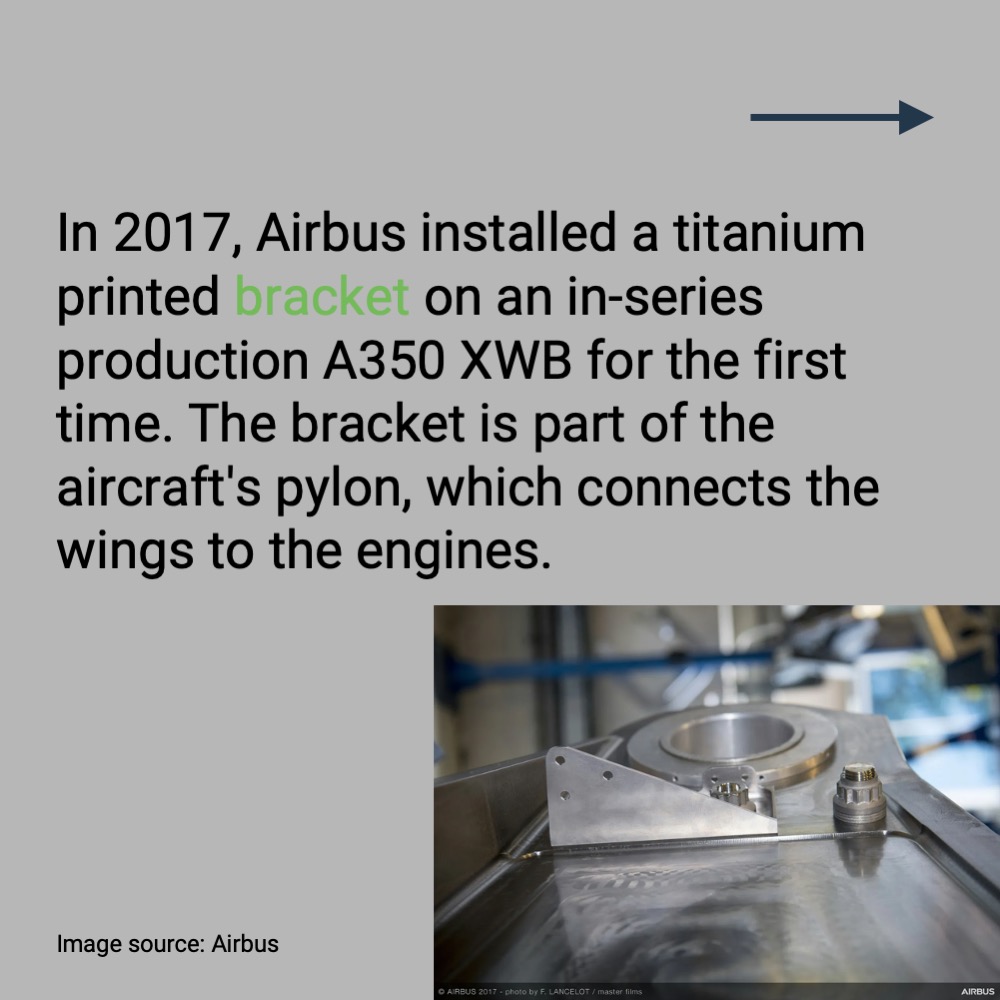
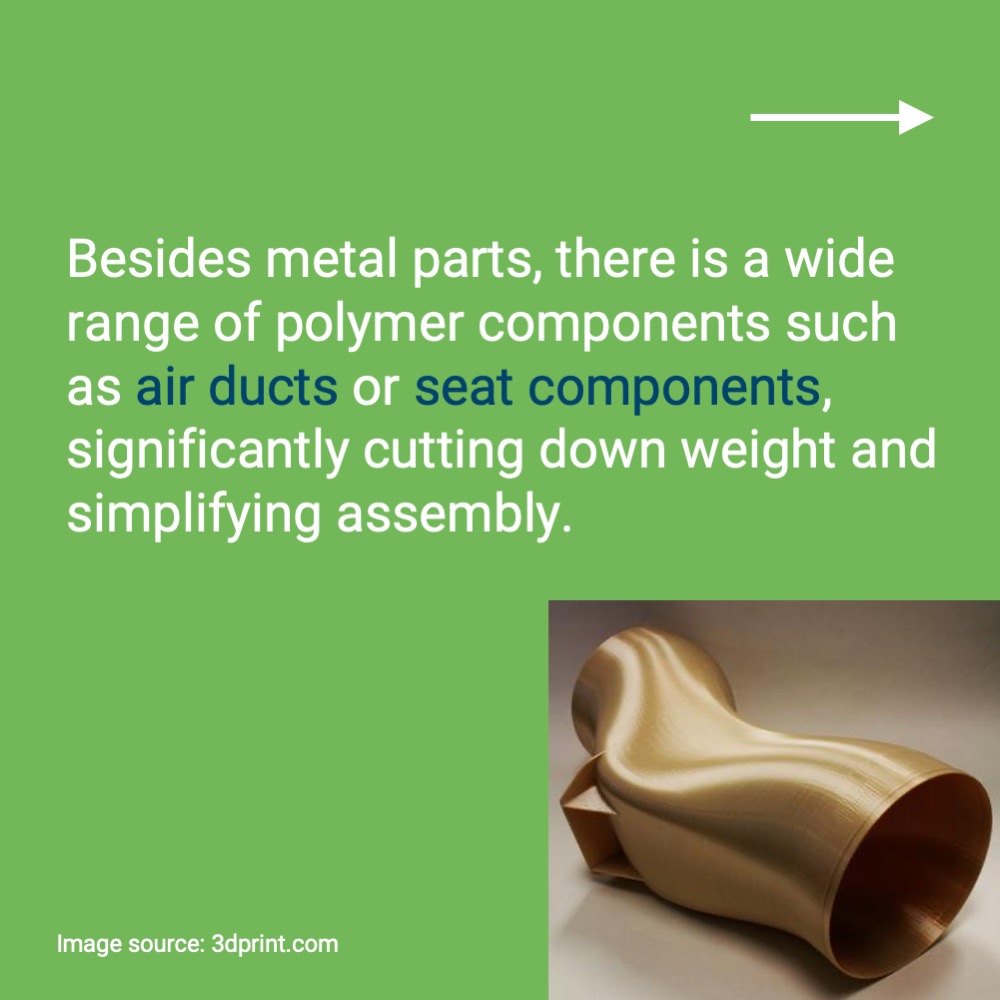
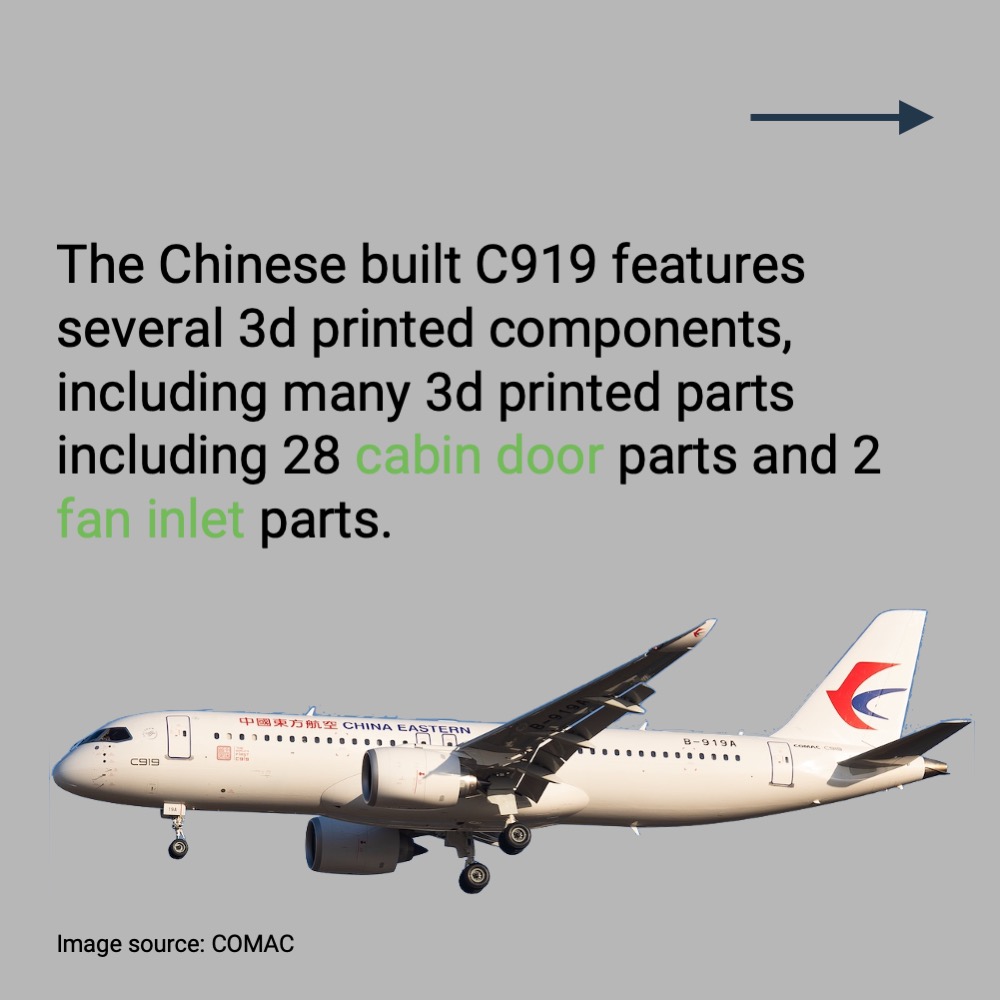
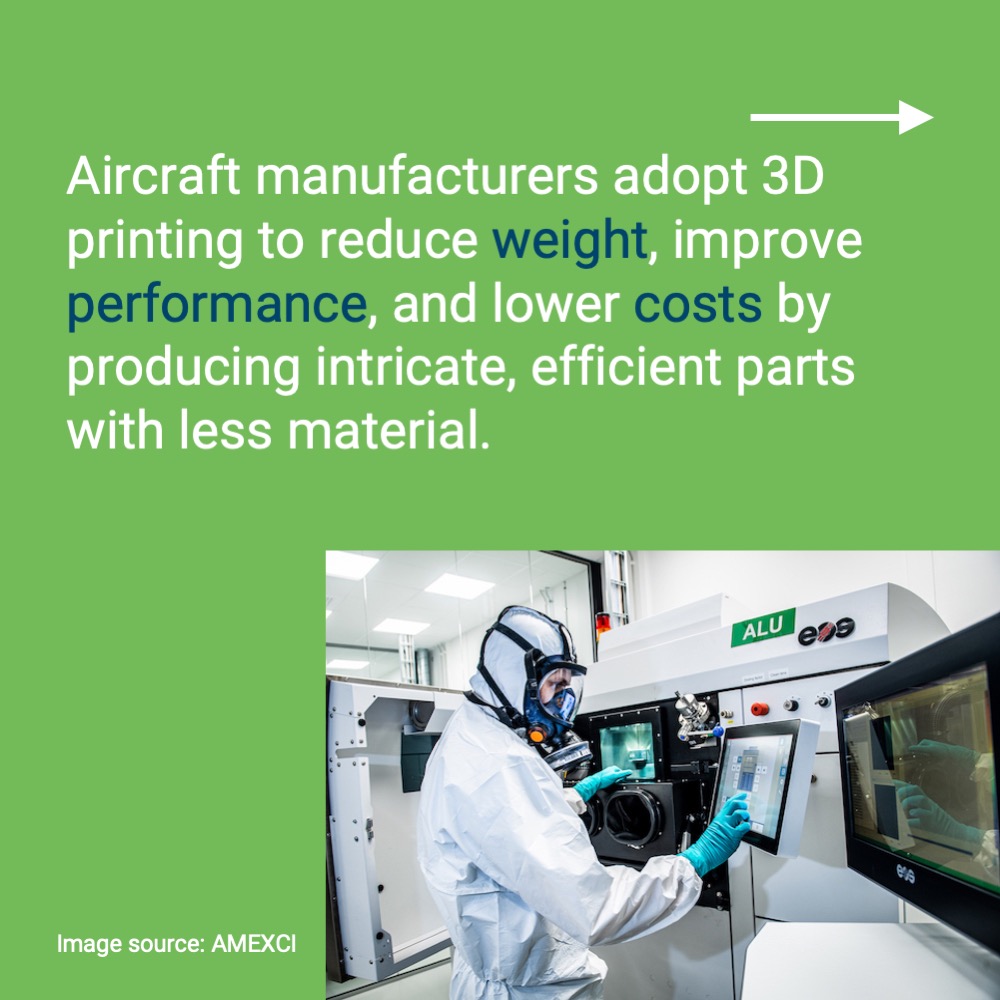
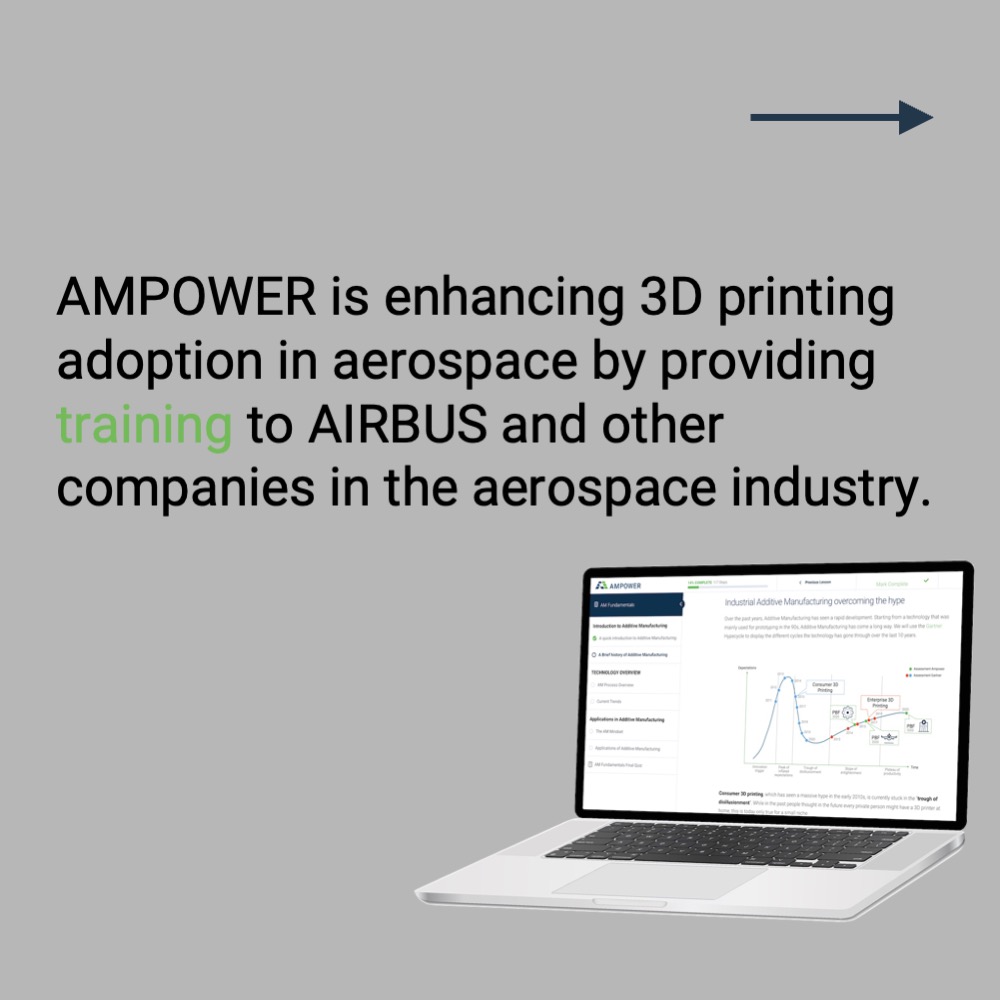
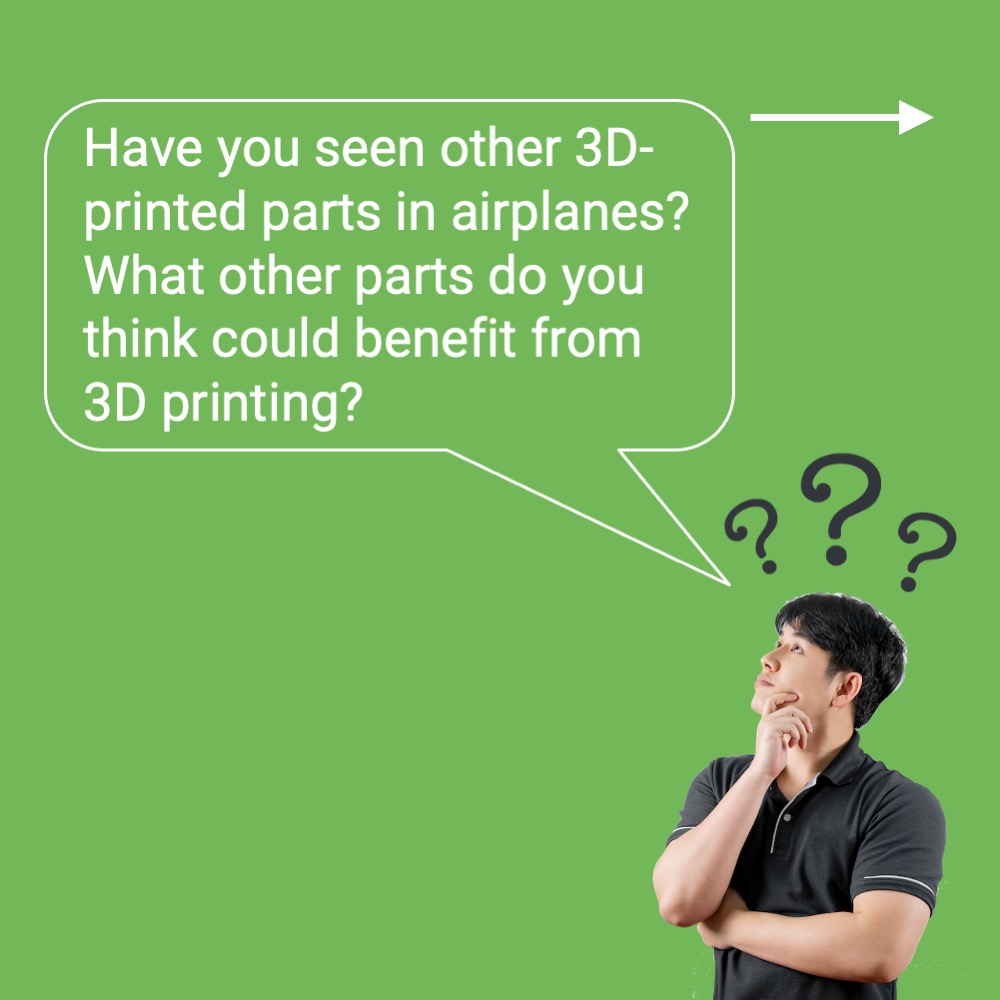
Aerospace Additive Manufacturing – Transforming the future of aviation
Aircraft manufacturers like Airbus and Boeing have been pioneers in adopting 3D printing. This technology allows them to produce complex, lightweight parts that were once unimaginable. Over the years, these innovations have transformed the industry.
The following slideshow and blog post looks at parts that are already taking flight in today’s airplanes.
Have you come across other 3D printed components in airplanes? What other parts do you think could benefit from 3D printing?
Aircraft manufacturers adopt aerospace additive manufacturing to reduce weight, improve performance, and lower costs. By producing intricate, efficient parts with less material, they achieve significant benefits in terms of fuel efficiency, structural integrity, and overall operational costs. The ability to create complex geometries that were previously impossible to manufacture opens new possibilities for innovation in aircraft design and functionality.
3D Printing has evolved significantly from its early days as a tool for creating prototypes. Today, it is a powerful manufacturing technology used across various industries, from aerospace to healthcare. Understanding how the costs of printing a part compare with those of conventional manufacturing technologies is increasingly important for businesses considering the switch to AM.

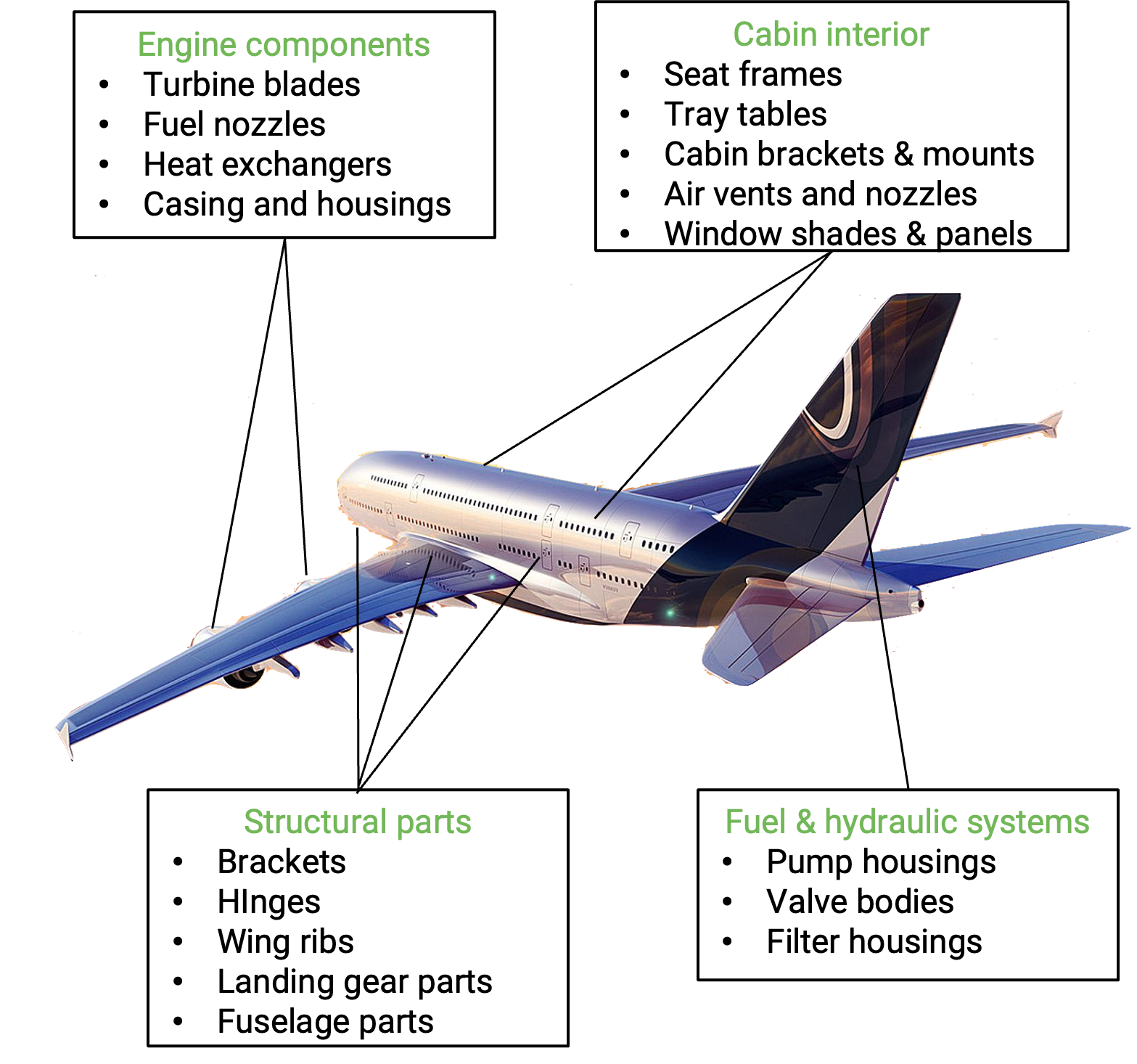
GE Aviation’s LEAP engines use 3D-printed fuel nozzles that are lighter and more efficient. These nozzles feature complex internal channels for optimal fuel flow, which traditional manufacturing methods could not achieve. The result is a part that not only performs better but also contributes to the overall efficiency of the engine.
The Airbus A350 XWB incorporates over 1,000 3D-printed components, including titanium brackets. These parts help reduce the aircraft’s weight while enhancing structural integrity. By using aerospace additive manufacturing, Airbus has been able to streamline the production process and improve the performance of their aircraft.
The Boeing 787 Dreamliner utilizes 3D-printed plastic parts for air ducts, seats, and other interior components. These parts are lighter than their traditionally manufactured counterparts, contributing to overall weight reduction and improved fuel efficiency. Additionally, the ability to quickly produce customized parts simplifies assembly and maintenance.
Aerospace additive manufacturing produces heat exchangers with complex designs that improve thermal management and efficiency in aircraft systems. These heat exchangers can be tailored to specific applications, providing better performance than standard designs.
Airbus A350 XWB’s 3D-printed titanium brackets are not only stronger and lighter but also reduce assembly complexity. By using aerospace additive manufacturing, Airbus can produce these parts more quickly and with greater precision than traditional methods allow.
Companies like SpaceX and Blue Origin use aerospace additive manufacturing for rocket and aircraft engine parts. These components must withstand extreme conditions, and 3D printing provides the precision and strength required for such demanding applications.
One of the primary benefits of aerospace additive manufacturing is cost reduction. By minimizing material waste and reducing the number of manufacturing steps, companies can significantly lower production costs. Additionally, the ability to produce parts on-demand reduces the need for large inventories, further cutting costs.
Aerospace additive manufacturing allows for the creation of parts with optimized geometries and enhanced performance characteristics. For example, the ability to produce lightweight components with complex internal structures can lead to improved fuel efficiency and reduced emissions.
The aviation industry is under increasing pressure to reduce its environmental impact. Aerospace additive manufacturing contributes to sustainability by reducing material waste and enabling the production of more fuel-efficient aircraft. The ability to recycle materials and produce parts locally also helps reduce the carbon footprint associated with transportation and logistics.
Aerospace additive manufacturing fosters innovation by enabling the creation of parts that were previously impossible to manufacture. This capability opens up new possibilities for aircraft design and functionality. Additionally, the ability to produce custom parts quickly and efficiently allows manufacturers to meet specific customer needs and preferences.
Aerospace additive manufacturing is transforming the aviation industry by enabling the production of complex, lightweight, and efficient parts. The benefits of this technology are already being realized in various applications, from jet engine fuel nozzles to interior cabin components. As advancements continue, the potential for aerospace additive manufacturing will only grow, leading to more innovative, cost-effective, and sustainable aircraft.
For professionals and industrial companies looking to improve their knowledge and capabilities in aerospace additive manufacturing, understanding and applying the principles discussed in this article is essential. Dive deeper into the world of 3D printing and explore the endless possibilities that aerospace additive manufacturing presents.

All Blog Articles 3D Printing Applications Where Can You Find 3D Printed Parts in Your Daily Life? Share article 3D

All Blog Articles Copper 3D Printing Why is it so difficult to 3D print copper? Share article Copper is a
“The sinter-based AM course provides a thorough overview of metal binder jetting and other technologies, which ensures that our engineers
Would you like to further increase your 3D Printing knowledge?
You can try out the AM Fundamentals course of the AMPOWER Academy free of charge
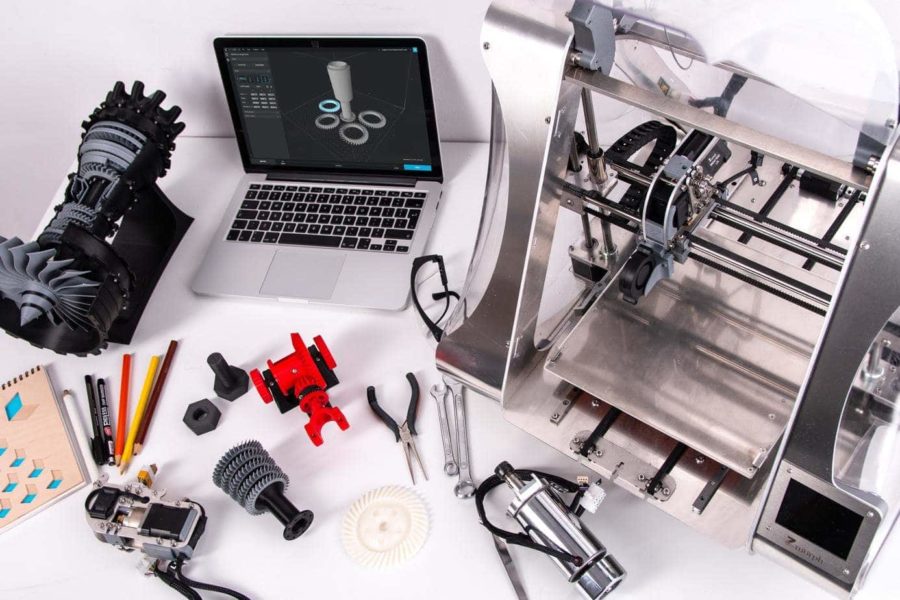
Understand the most important topics to get started with Additive Manufacturing
You need to load content from reCAPTCHA to submit the form. Please note that doing so will share data with third-party providers.
More InformationYou are currently viewing a placeholder content from Facebook. To access the actual content, click the button below. Please note that doing so will share data with third-party providers.
More InformationYou are currently viewing a placeholder content from Instagram. To access the actual content, click the button below. Please note that doing so will share data with third-party providers.
More InformationYou are currently viewing a placeholder content from reCAPTCHA. To access the actual content, click the button below. Please note that doing so will share data with third-party providers.
More InformationYou are currently viewing a placeholder content from X. To access the actual content, click the button below. Please note that doing so will share data with third-party providers.
More Information